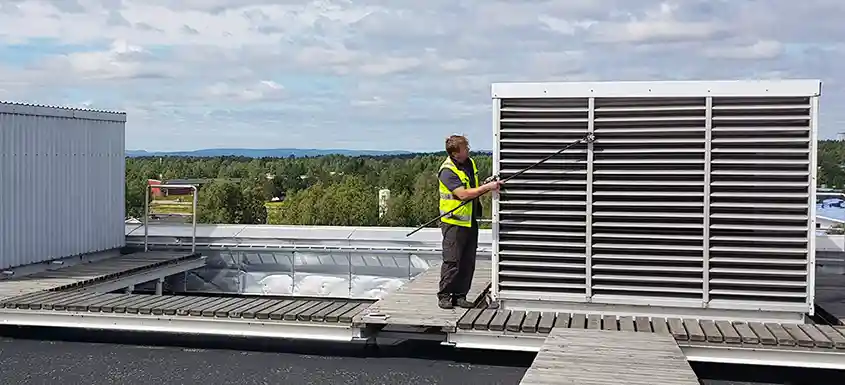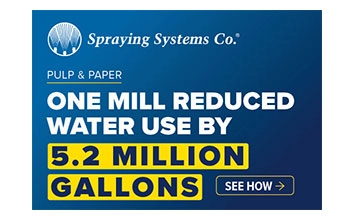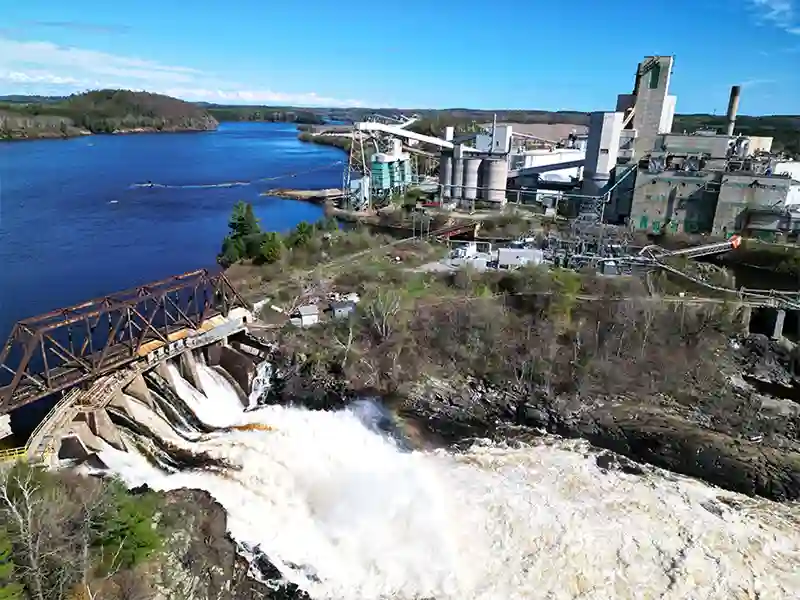Pulp & Paper Industry News and Insights
In The Spotlight
Suzano has started operations at a new fluff pulp production line at its Limeira mill in São Paulo state, ...
Sylvamo has appointed John Sims to its board of directors, effective January 1, 2026, ...
Green Bay Packaging has launched construction on its $1 billion Project PowerPack at the Arkansas Kraft Division in Morrilton, ...
A new outlook report, Softwood Lumber - Tariffs, Turbulence and New Trade Flows to 2030, provides a data-driven assessment of ...
The American Forest & Paper Association (AF&PA) released the November 2025 Printing-Writing Monthly report.
UPM announced that it will cease graphic paper production at its Ettringen mill in Germany on December 31, 2025, ...
Mondi has successfully started up a new recycled containerboard machine at its Duino mill in Italy, ...
FPInnovations is thrilled to share the final report from our Zero-Emission Trucking Testbed, ...
The American Forest & Paper Association (AF&PA) released the November 2025 Packaging Papers Monthly report.
Feature Articles
Top Stories
Suzano has started operations at a new fluff pulp production line at its Limeira mill in São Paulo state, ...
Green Bay Packaging has launched construction on its $1 billion Project PowerPack at the Arkansas Kraft Division in Morrilton, ...
A new outlook report, Softwood Lumber - Tariffs, Turbulence and New Trade Flows to 2030, provides a data-driven assessment of ...
The American Forest & Paper Association (AF&PA) released the November 2025 Printing-Writing Monthly report.
UPM announced that it will cease graphic paper production at its Ettringen mill in Germany on December 31, 2025, ...
The American Forest & Paper Association (AF&PA) released the November 2025 Packaging Papers Monthly report.
FPInnovations is thrilled to share the final report from our Zero-Emission Trucking Testbed, ...
A previous blog post I wrote on closed Canadian pulp and paper mills proved to be so popular that I received feedback for months afterward.
FSC Canada Welcomes New Board Members and Thanks Outgoing Directors
FPAC Responds to the Prime Minister’s Announcement on Measures to Protect and Strengthen Canada’s Forest Sector
FPAC Sees Biomass Investment Tax Credits and Regulatory Efficiency Commitments as Key to Improving Competitiveness for the Long-Term
Canada’s Forest Sector Seeks Clear Signals in Budget 2025 to Set Stage for Recovery and Growth
Mondi has successfully started up a new recycled containerboard machine at its Duino mill in Italy, ...
Toscotec is happy to announce the successful start-up of the PM5 tissue line at Saudi Paper Group’s facility.
New headbox installation on the paper machine at Gruvön mill enhances strength, quality consistency, and sustainability for Billerud Flute®.
Frontline Innovation Drives Major Gains at Georgia-Pacific
A well-maintained machine hall is critical for ensuring optimal paper production.
In a recent publication, Lake Utopia Paper announced that it has achieved a major safety milestone: one full year without a recordable injury.
Sylvamo has appointed John Sims to its board of directors, effective January 1, 2026, ...
Mathys AG is redefining packaging for surgical implants with a recyclable paperboard solution ...
Lignin, long treated as a residue in kraft pulping, is emerging as a strategic feedstock for low-carbon fuels.
Toscotec is set to showcase sustainable tissue solutions at Paperex 2025, the internationally renowned series of exhibitions and ...



























































